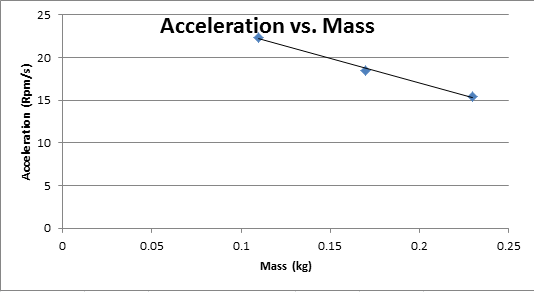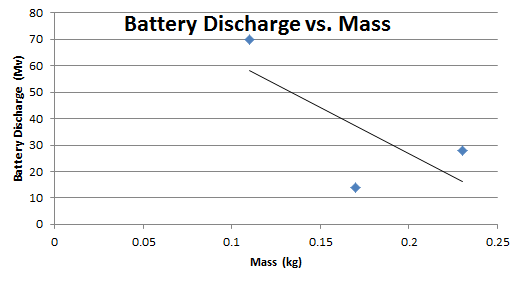 The Keystone XL Pipeline is an oil pipeline system in Canada and in the U.S. It runs from Alberta, Canada to Steele City, Nebraska, Pakota, Illinois and the Gulf Coast of Texas. On February 5th, 2014 the pipeline recently received a positive environmental study review from the State Department. Although this is great, who knows the payment of the study behind this or if this is 100% true. Along with many other decisions governments and higher authorities make, there are always pros and cons to the subject:
The Keystone XL Pipeline is an oil pipeline system in Canada and in the U.S. It runs from Alberta, Canada to Steele City, Nebraska, Pakota, Illinois and the Gulf Coast of Texas. On February 5th, 2014 the pipeline recently received a positive environmental study review from the State Department. Although this is great, who knows the payment of the study behind this or if this is 100% true. Along with many other decisions governments and higher authorities make, there are always pros and cons to the subject:
Pros
- The Keystone XL can open a direct link between Hardisty and Steele Citi and transfer 830,000 barrels of oil daily.
- The pipeline could secure and safer way to ship oil.
- Pipelines normally generate great sums of money and would create accretive cash flows
Cons
- Building the pipeline and opening tar sands will negatively impact national and local economies
- After ready some studies, it has been proven that the fossil fuel interest that is pushing the pipeline to be made is cutting, not creating jobs. Although it has the possibility of generating billions of dollars, many large gas companies like Chevron, Exxonmobil and Shell have already cut the workforce.
- It has the possibility of accessing oil in Canada, therefor increasing U.S. and north American energy security.
- The oil it not necessarily needed
- Many Americans still do not want it
- The economic benefits may not live up to the expectations
http://www.labor4sustainability.org/articles/5-reasons-why-the-keystone-pipeline-is-bad-for-the-economy/
http://harvardmagazine.com/2013/11/the-keystone-xl-pipeline










